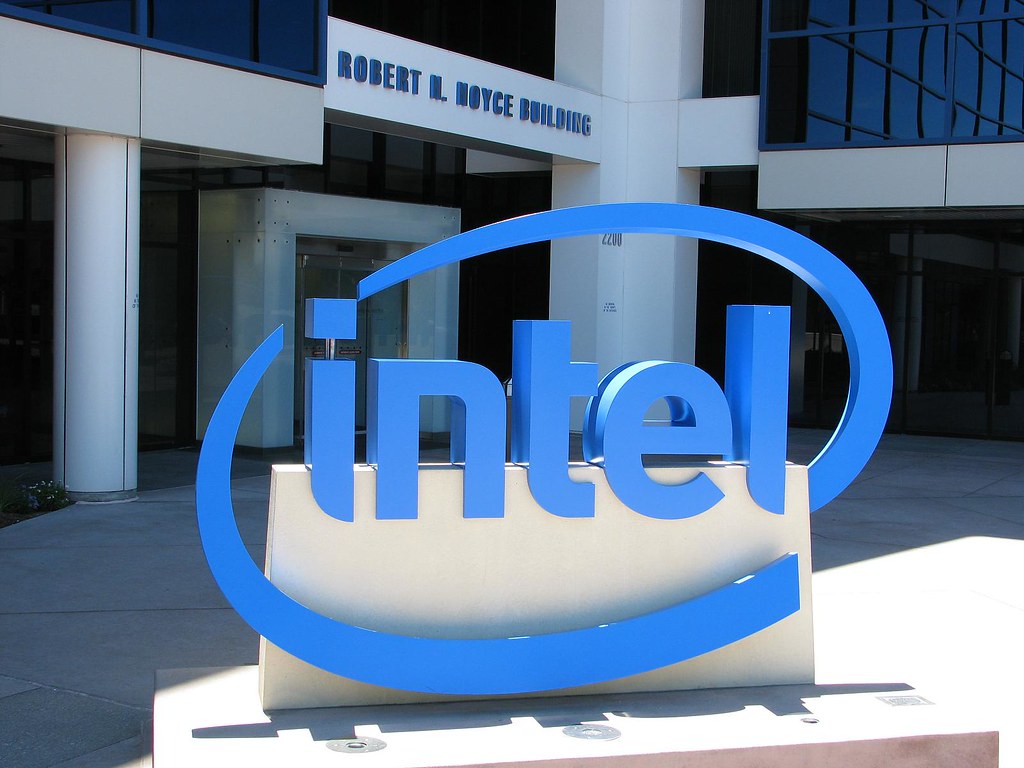Intel Launches “10th” Generation Desktop Chips, AMD Laughs
Intel has finally launched what they claim to be its 10th generation of desktop chips, known as ‘Comet Lake-S’. The new(ish) chips now have the ability to prioritize cores given a particular workload, among other key improvements.
We Now Have a Podcast, And we Encourage You to Check it Out by Clicking The Play Button Above
You can also do so by clicking this link.
The chip giant has released several new processors, from a range of Core i3 options all the way up to a Core i9 that has a 5.3 Ghz max clock frequency. This is clearly an attempt to better compete with AMD’s Ryzen 3000 processors, but lets get real.
This is Not a New Architecture
Even though these chips are marketed as 10th generation parts, they really aren’t. This is merely a refresh of Intel’s current CPU technology. In fact, its the fourth generation of it’s Skylake family of CPUs. It would be helpful if they, ya know, made something new, but we will have to settle for Skylake 4.0 for now.
Intel Has a Manufacturing Problem
It’s not something Intel likes to admit, but it’s starting to become a real problem in their attempt to stay competitive with AMD. Shrinking the size of the transistors allows more CPU machinery to fit on a given surface area. Intel used to be able to double the transistors on its chips every year or so, but its been stuck on 14nm for almost six years now. AMD, meanwhile, has already moved to a 7nm node, and that was way back in 2019.
That’s pretty bad. Not only are they stuck on 14nm, but they aren’t even doing that well. They are having serious problems with yields. Think about it. They have been on 14nm since 2014 and they still can’t get it right. You would expect a process node that is that old to be much more fruitful. Instead, you can see Intel trying to make the best of this situation by selling its imperfect chips as lower end models. You would think that a company with as much money and experience as Intel would be able to manufacture their own CPUs well, seeing as they also own the fabrication facilities.
This is Intel’s major desktop release for 2020, so that confirms that 10nm desktop chips won’t be available until at least 2021.
There is no Light at The End of The Tunnel
Intel is expecting their manufacturing troubles to continue, as they aren’t even going for full 10nm on their next generation. They are instead going to be using a hybrid design, where some parts of the chip are built at 10nm, and other parts use the old 14nm process.
Symmetric Multi Processing
SMT is a way to make more efficient use of each CPU core by presenting each CPU as two to the operating system. For the first time, Intel has enabled it’s version of SMT, Hyper Threading, on all of its CPUs. In the past, this was reserved only for the company’s highest end chips. For example, there were cases in which the only difference between a Core i5 and a Core i7 was the i7’s addition of Hyper Threading.
On the AMD side, they have had SMTon its entire Ryzen lineup from the very beginning. This is why the number of CPU’s an operating system sees has always been double the amount of actual cores any Ryzen CPU has.
It’s nice to see Intel finally doing that for all of it’s processors, rather than just the most expensive ones. It sort-of has to, if its wants to compete at all.
With AMD chips, every 5 degrees C lower you can get the CPU, you will get an increase in clock frequencies. This is true all the way down to -80 C and has no time limits. So for AMD, the cooler you keep the CPU, the faster it runs.
Meanwhile, Intel is Sanding Down CPU Dies
Intel is pretty desperate regarding heat output of its new chips. I mean, it has to be. Its stuck on a 14nm process, yet it crams more cores and higher clock speeds onto its CPUs. They are going as far as sanding down the dies for better thermal characteristics. Even still, the 10900K has a TDP (Total Dissipated Power) of 125W, but those are for its base clocks. While AMD’s Ryzen 9 3900X has a TDP of only 105 Watts, and AMD measures a chip’s heat output at its highest frequencies, rather than its base clocks.
Motherboard Not Included
In order to be able to use a Comet Lake-S CPU, you are going to have to purchase a new Socket 1200 motherboard. The new pins seem to be for extra power delivery to the CPU. This is to be expected considering the fact that they are essentially stuffing more of the same old CPU onto a larger chip.
Remember: These chips aren’t nearly as good as current generation Ryzen, and unlike Intel’s offerings, AMD’s next generation CPU will not require a motherboard upgrade.
In regard to the the chipset, it has not changed at all. The Intel z490 PCH (Platform Controller Hub) is the same silicon as its z390 solution, with the addition of WiFi.
Performance, or Lack There of
In a single-threaded Cinebench R15 test, the Core i9-10900K scored a 222, while AMD’s 3950X scored 213. This turns out to be a 4.22% lead for the Intel chip. The story completely changes with a more real-world multi-threaded scenario, though.
The 3950X’s 16 cores and 32 threads are 48.61% faster than the i9-10900K, and an astonishing 94.14% faster than the i9-9900K. Also, it’s fair to point out that Intel’s tiny gains in single-threaded performance are eclipsed by the fact that it takes much higher clock speeds to achieve that result. A result which can only be achieved for a limited amount of time before the CPU throttles itself back down.
Our Conclusion
Intel is getting desperate. They call their new chips the ‘fastest gaming processors’, and bases that claim on the ‘fact’ that 60% of games are single core optimized. That sounds crazy for 2020, right? Well, that’s what slide 3 of their presentation claimed. Their motive in claiming this is the fact that single-threaded workloads are the only area where the absolute top-end of their new CPU line up ‘shines’, if you want to call it that.
If you are considering every game ever made, then this may be true, or possibly even undershooting. In the real world, however, when talking about modern, relevant games, this is simply not the case. Any game now a days is written to take advantage of multiple, and in some cases, many CPU cores.
Intel then back-tracked the false claim by removing it from all of its official press materials, and stating that it was ‘meant for internal guide only’, and was never supposed to be in the final slide. Not only does this statement sound like back-peddling, but even if it was true, it doesn’t make too much sense. If this was indeed meant to be used as an ‘internal guide’, then there is no mystery as to why these CPUs have such poor multi-threaded performance.
Intel really needs to get it together. It’s clear that AMD has better engineers and a better manufacturing solution. So, it’s alright if Intel is having a hard time competing with them. This is to be expected, and it will drive Intel to make a better product.
Remember: competition is always good for the consumer.
What’s not alright is Intel’s skewing of benchmark results and it’s use of misleading marketing materials in an attempt to make it’s products seem better. The best solution for them, and for us as consumers, is for Intel to design a better CPU and to correct their manufacturing issues.




